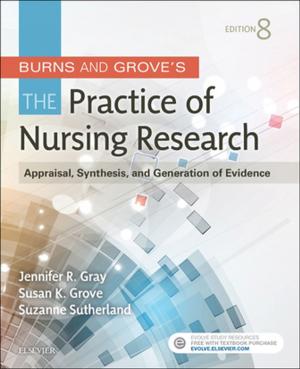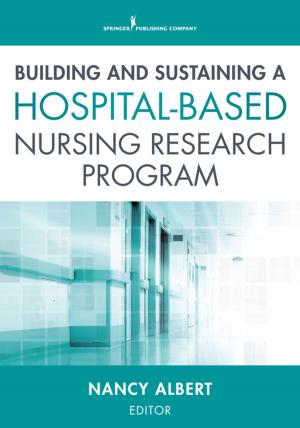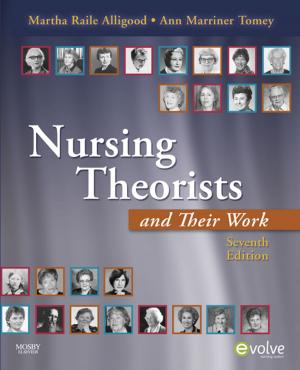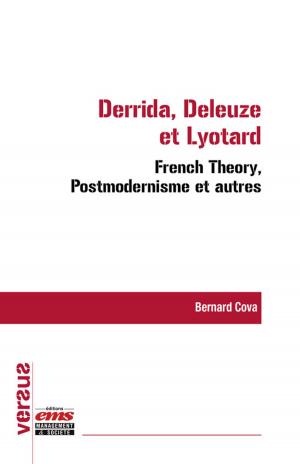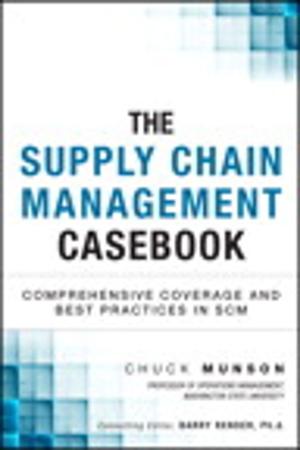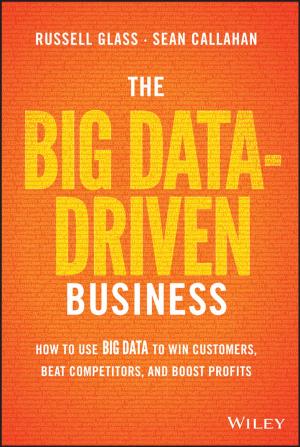Overuse Injuries: The RSI Phenomenon Revisited
Nonfiction, Health & Well Being, Health, Work Related Health, Business & Finance, Marketing & Sales, Research| Author: | David McIvor | ISBN: | 9781310746130 |
| Publisher: | David McIvor | Publication: | June 11, 2014 |
| Imprint: | Smashwords Edition | Language: | English |
| Author: | David McIvor |
| ISBN: | 9781310746130 |
| Publisher: | David McIvor |
| Publication: | June 11, 2014 |
| Imprint: | Smashwords Edition |
| Language: | English |
Ever wondered what happened to “RSI”? Was it all a figment of the imagination? Certainly not if you have suffered from one of its variations.
Now known as “Musculo-skeletal Disorders” (MSDs), the term describes a range of often painful and debilitating conditions to which anyone can fall victim. MSDs are not confined to the workplace – sports, knitting, playing musical instruments also can bring them on. Initially they were known as ‘Repetitive Strain Injuries” – RSI. Then they were called ‘Occupational Overuse Conditions” – or OOS, and now MSDs!
Whatever they are called, most of the causes are now known and understood and the preventive/remedial actions well established.
Author Dr David McIvor first published “Overuse Injuries – The RSI Phenomenon” in 1987, a book subsequently translated into several languages. This book substantially rewrites and updates the earlier edition. “Overuse Injuries – The RSI Phenomenon Revisited” provides a lay-persons description of the various conditions, how to recognise that a MSD may exist and provides basic explanations of the many factors that could be contributing to the disorders. New sections are included on laptop and tablet ergonomics. Supporting illustrations of exercises, correct posture and well-designed ‘ergonomic’ furniture reveal ways to prevent these painful and incapacitating conditions from occurring.
How can I prevent injury occurring’? Do I have a MSD? How can the condition be treated? What will I do if I have to stay at home? These questions and more are answered simply, concisely, thoroughly and authoritatively.
The fears and fiction are dispelled once and for all and the facts are presented in this valuable and informative guide. Dr David McIvor (PhD) is director of Occupational Safety & Health Associates (Aust) Pty Ltd and has had many years’ extensive experience in the occupational health and safety field.
Ever wondered what happened to “RSI”? Was it all a figment of the imagination? Certainly not if you have suffered from one of its variations.
Now known as “Musculo-skeletal Disorders” (MSDs), the term describes a range of often painful and debilitating conditions to which anyone can fall victim. MSDs are not confined to the workplace – sports, knitting, playing musical instruments also can bring them on. Initially they were known as ‘Repetitive Strain Injuries” – RSI. Then they were called ‘Occupational Overuse Conditions” – or OOS, and now MSDs!
Whatever they are called, most of the causes are now known and understood and the preventive/remedial actions well established.
Author Dr David McIvor first published “Overuse Injuries – The RSI Phenomenon” in 1987, a book subsequently translated into several languages. This book substantially rewrites and updates the earlier edition. “Overuse Injuries – The RSI Phenomenon Revisited” provides a lay-persons description of the various conditions, how to recognise that a MSD may exist and provides basic explanations of the many factors that could be contributing to the disorders. New sections are included on laptop and tablet ergonomics. Supporting illustrations of exercises, correct posture and well-designed ‘ergonomic’ furniture reveal ways to prevent these painful and incapacitating conditions from occurring.
How can I prevent injury occurring’? Do I have a MSD? How can the condition be treated? What will I do if I have to stay at home? These questions and more are answered simply, concisely, thoroughly and authoritatively.
The fears and fiction are dispelled once and for all and the facts are presented in this valuable and informative guide. Dr David McIvor (PhD) is director of Occupational Safety & Health Associates (Aust) Pty Ltd and has had many years’ extensive experience in the occupational health and safety field.



